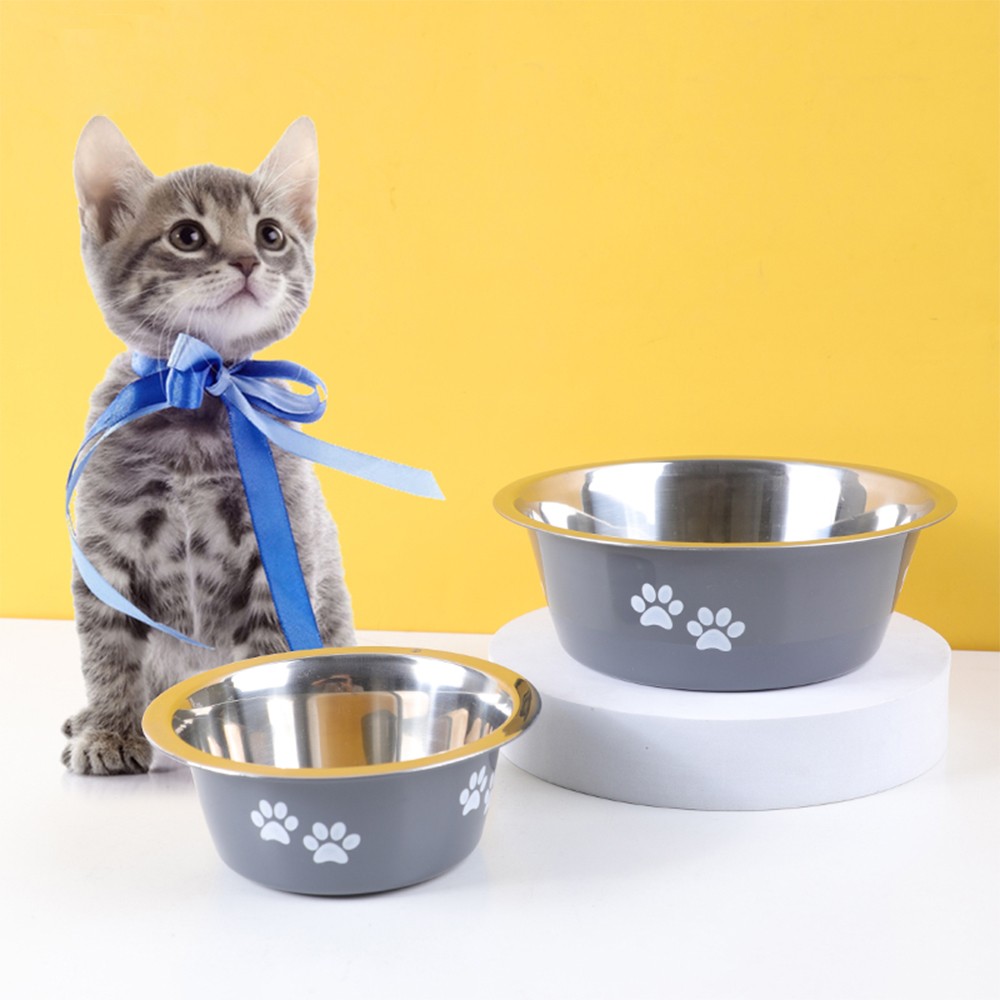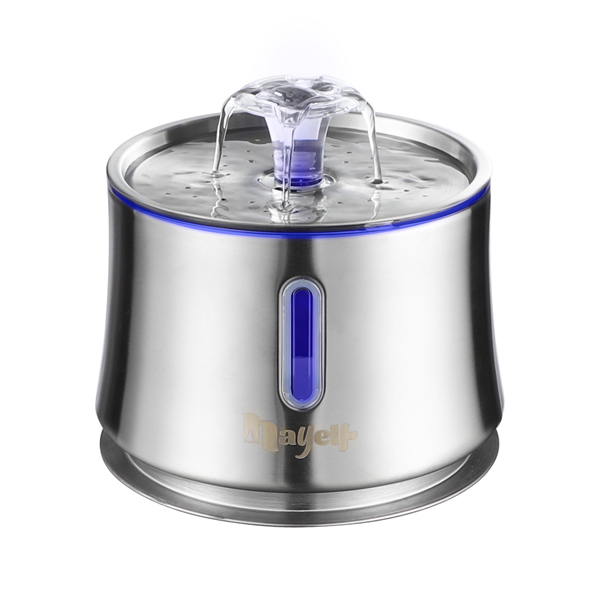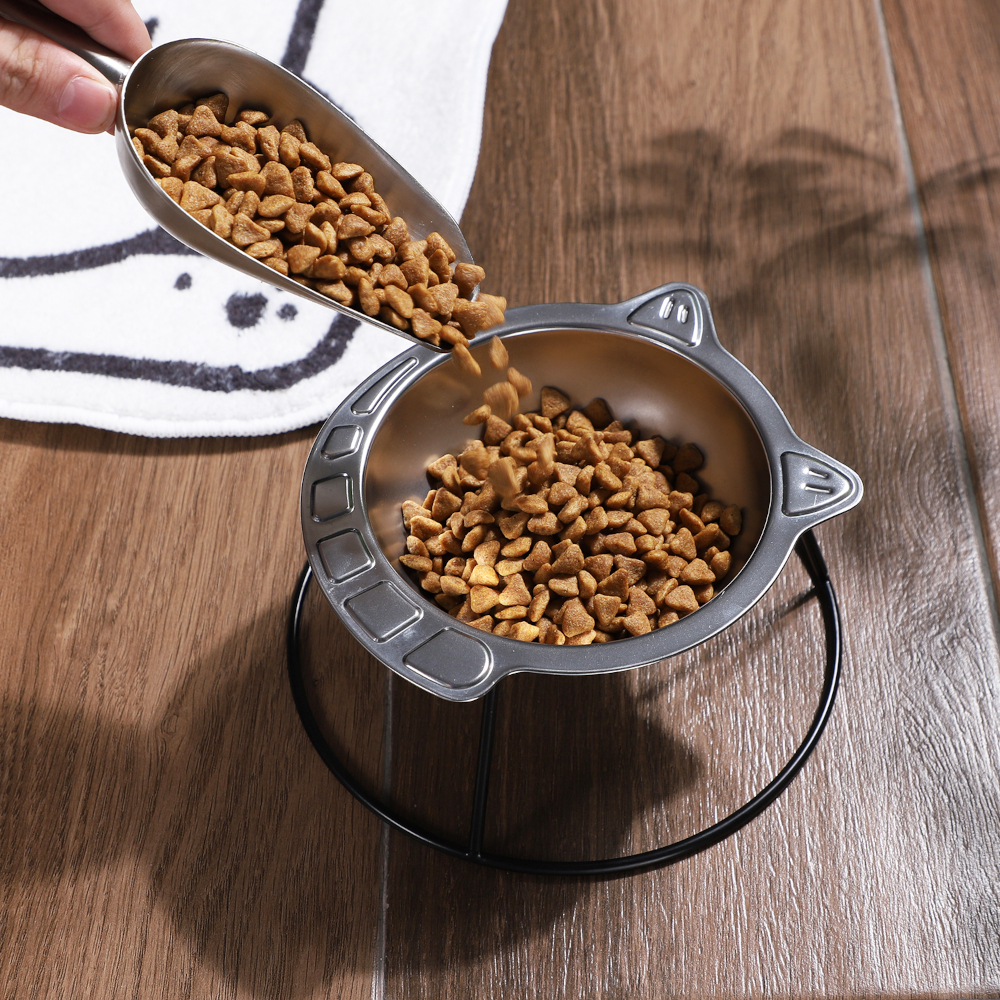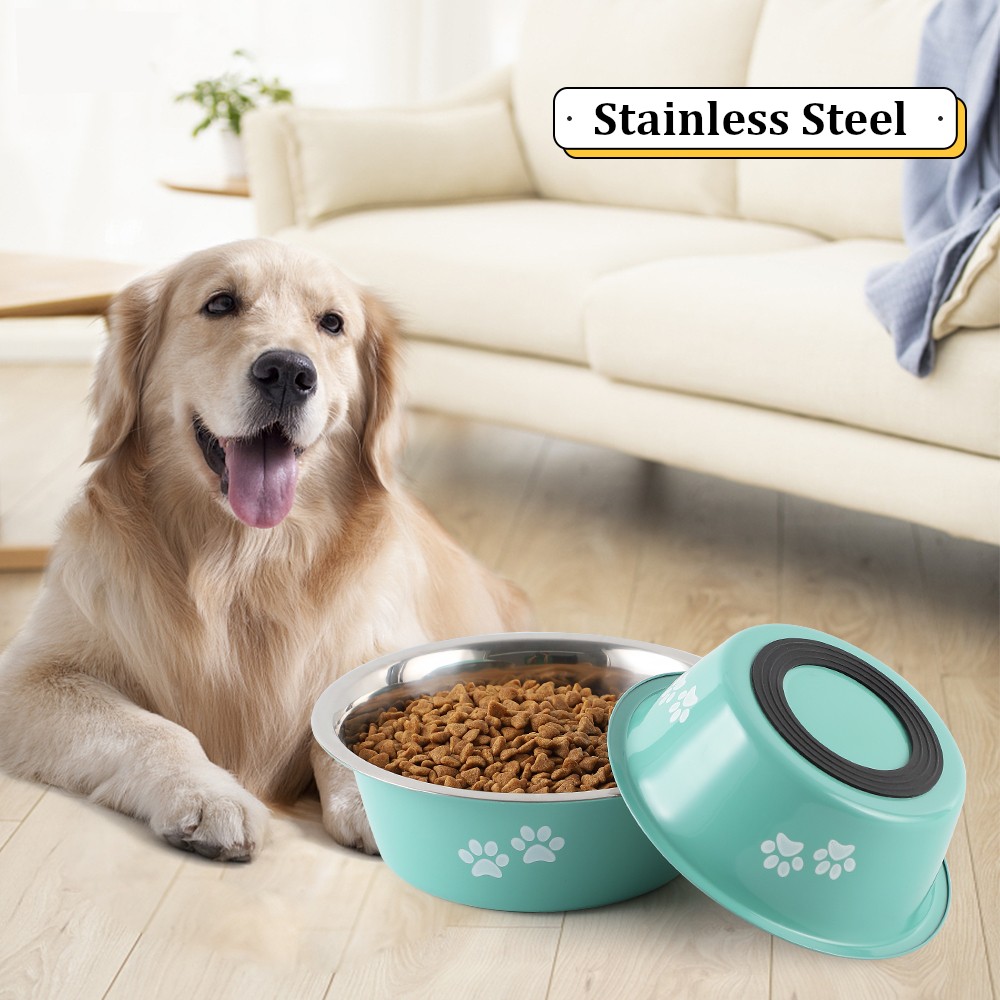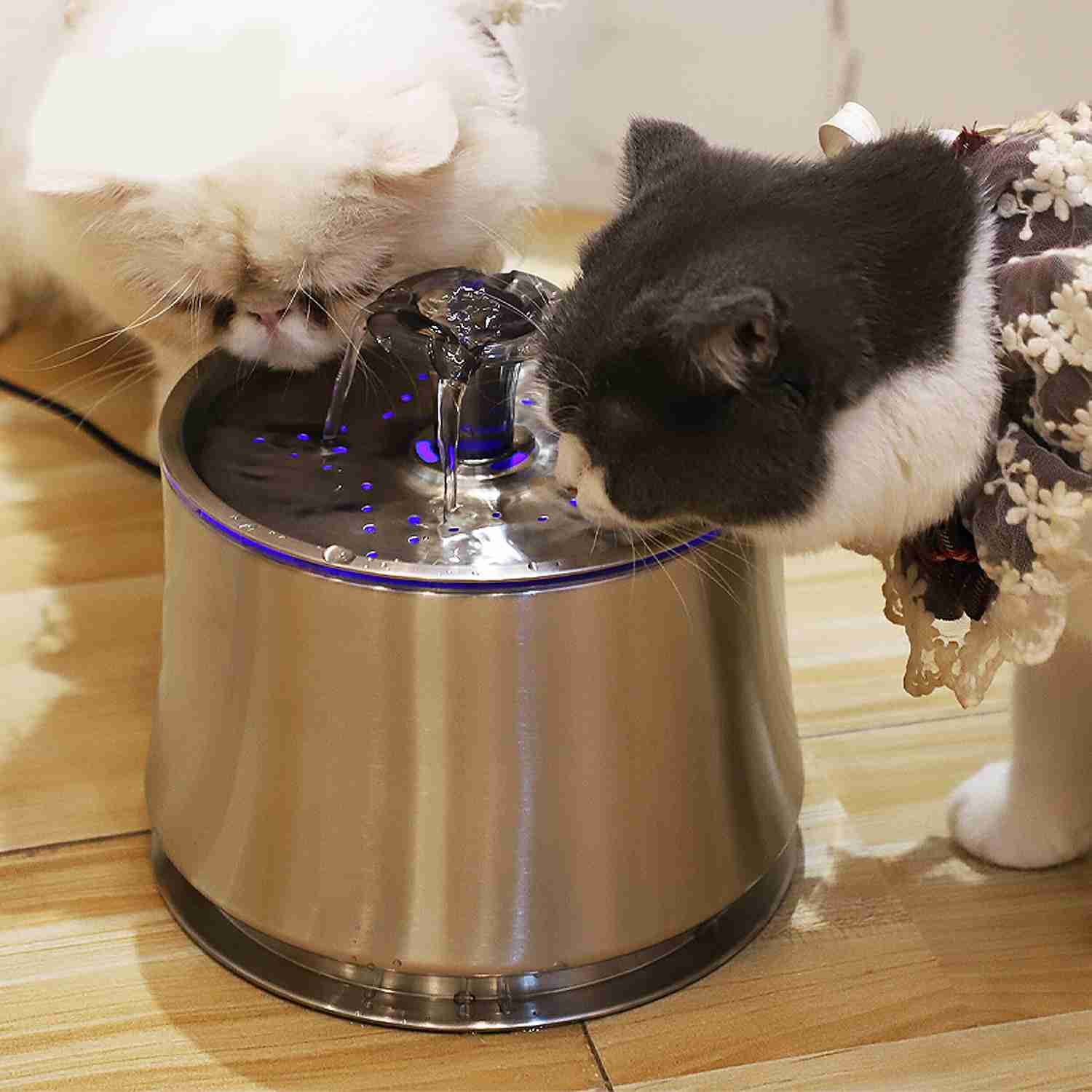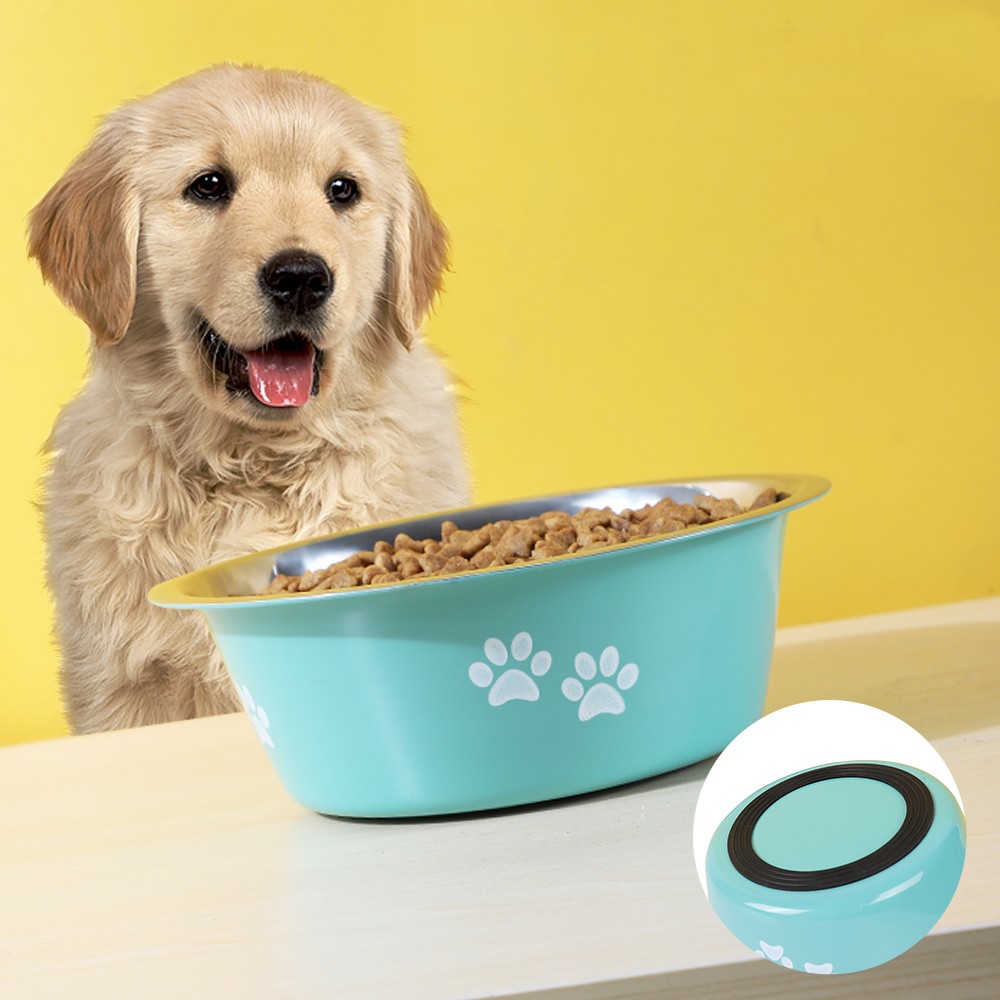Due to its dependability, resistance to corrosion, and visual value, stainless steel utensils are used in kitchens. A sequence of processes in the manufacturing process converts raw resources into finished products. Starting with choosing excellent quality stainless steel, the material is cut and shaped into the appropriate shape.
Following that, the produced parts are welded together, polished, and given any necessary surface treatments. Before being packed and sent to clients, the finished item is checked for durability and quality. This blog will provide a general description of the stages involved in the stainless steel utensils manufacturing process, as well as the equipment and techniques that are used.
Why Is Stainless Steel Used For Utensils?
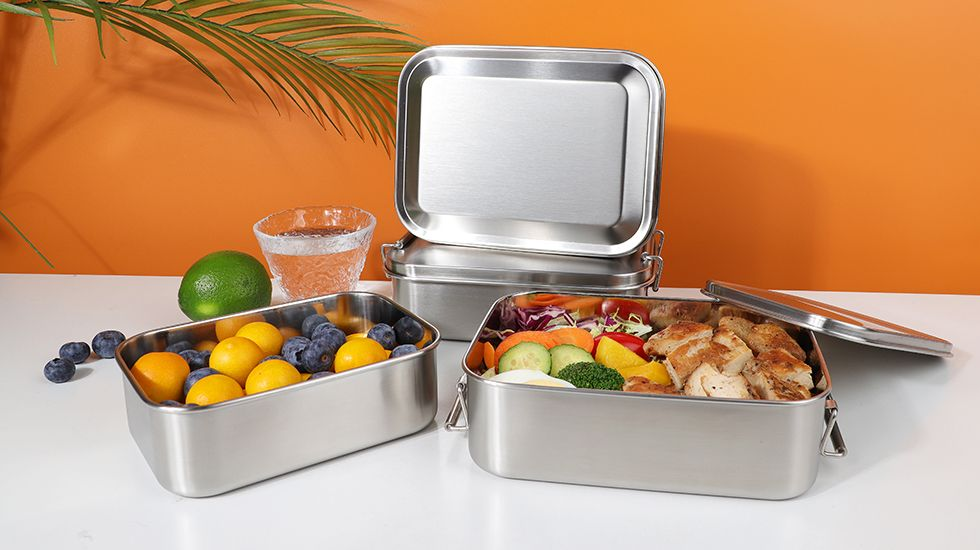
Due to its many qualities that make it perfect for use, stainless steel is a widely utilized material for creating utensils. One of the main factors in its popularity is that it is corrosion-resistant, which indicates that it can endure the corrosive properties of food and liquids and rust.
Its strength and resistance to breakage and deformation make it an excellent choice for use in culinary equipment with frequent usage. In addition to being a durable material, stainless steel is also simple to clean, which is essential for upholding hygiene, making it the perfect steel food storage containers.
Because of its smooth surface, dirt and grime can be easily removed because food particles and germs can’t adhere to it. Its non-reactivity, or inability to react to acidic or alkaline foods, is another benefit of stainless steel. This makes it the perfect material for serving and cooking equipment with contact with food.
Last but not least, stainless steel utensils have a beautiful appearance and may improve the appearance of any kitchen. Stainless steel can offer any kitchen a modern and upscale appeal with its sleek, polished appearance.
Stainless Steel Utensils Manufacturing Process
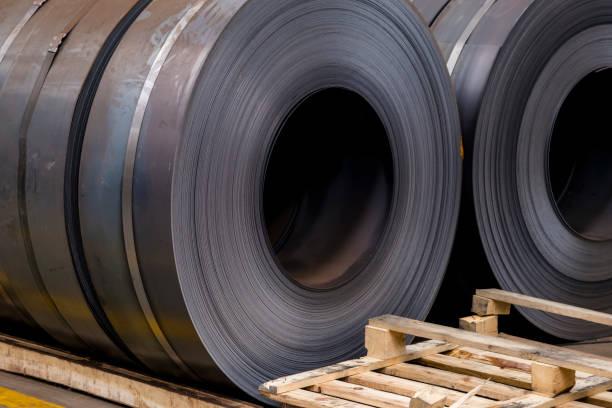
Depending on the particular product being created, the method for manufacturing process of stainless steel utensils might vary, but it commonly entails the following steps:
Purchase High-Quality Stainless Steel
Choosing the appropriate grade of stainless steel for the cookware manufacturing process is the first stage. Steel must be robust, long-lasting, and corrosion-resistant. Nicety uses only the best grade stainless steel from reliable raw material suppliers.
Equipped With Product Molds
After selecting the appropriate stainless steel grade for your product, molds come. For example, a stainless-steel lunch box supplier uses specific molds to create lunch boxes. The molds that are used in the lunch box manufacturing process are stretching molds, trimming molds, curling molds, embossing molds, etc.
The product’s structure and parts both require more than a dozen different sets of molds for each component. The quality and materials used in the molding process of the manufacturing process of stainless-steel utensils vary, which impacts how accurately the product is produced after being stamped.
- One hundred thousand products can be produced using the best mold.
- A medium mold has a 60,000-product capacity.
- Lower molds are capable of creating 30,000 items.
Blanking
In the stainless steel utensils manufacturing process, a piece of metal is cut or punched from a more extensive sheet of metal. This process is known as “blanking.” Before being further molded and developed into the finished item, this technique is used to produce the utensil’s basic shape.
Depending on the product characteristics, the applicable raw material for material slicing is selected. A metal sheet is loaded into a blanking press during the blanking procedure, and the blanking press punches and dies the metal sheet to create the required form.
Stamping
With a stamping press, a flat sheet of metal is formed into a three-dimensional item in the process of making stainless steel utensils. Considering the desired effect that needs to be accomplished, the products might be stretched once, twice, or more.
The press is used to position the metal sheet, after which the die stamps the tool’s design into the metal sheet. Tiffin box manufacturing uses this process. For producing stainless steel kitchenware, stamping is a precise and effective process that makes consistent shapes fast and precise.
Trimming
Trimming is the next step in how to manufacture stainless steel utensils. It removes extra material or abrasives from the edges of a stamped or blanked metal piece. The stamping or blanking procedure may leave an object’s edges rough or uneven after it has been finished. By trimming, manufacturers can create a clean, smooth edge using a trimming press to eliminate any extra material or burrs.
Hemming
The hemming method involves folding the edge of a stamped or blanked metal item back on itself to generate a hem, which is utilized in the steel utensils manufacturing process. While making flat-bottomed dishes like pans, pet bowls, tiffin boxes, and other cooking equipment, hemming is frequently utilized.
A hemming press is used to fold the metal’s edge in on itself using a die. This is done by placing the stamped or blanked metal component onto the press. Stronger rims that are less likely to warp or distort over time are produced by the hemming process.
Spot Welding
Spot welding is a technique used to affix two or more metal components together while making stainless steel camping cookware. This procedure is frequently used to attach utensil handles to the bodies of the objects or to link several components of the thing together. In spot welding, an electrode is placed up against the two metal components to be bonded.
The metal is subsequently heated and melted at the point of contact due to a high current flowing through the electrode. Rapid solidification of the molten metal forges a tight connection between the two components.
Polishing
To enhance the end product’s look, stainless steel utensils are polished during production. The manufacturing procedures that were employed may have left the utensils with a dull or rough surface after they had been shaped, stamped, and welded. This procedure not only enhances the utensil’s beauty but also works to prevent corrosion and tarnishing.
Polishing will result in a smooth, shining surface. It is frequently utilized while making high-quality stainless steel utensils, which need a smooth surface finish. Different types of polishing techniques used by reputable wholesale food container suppliers are electrolysis (chemical), polishing (matte), polishing (mirror), and magnetic polishing (physical).
Cleaning
In the stainless steel utensils manufacturing process, many cleaning techniques are employed. They comprise:
- Professional multi-channel ultrasonic equipment cleaning
This method helps to eliminate any impurities from the stainless steel utensil’s surface by employing high-frequency ultrasonic waves to produce pressure and cavitation in a cleaning solution.
Due to the cavitation effect, acceleration effect, and direct flow effect of ultrasonic waves in the liquid, this process affects the liquid and dust. As a result, the layers of dirt and grime layer will be dispersed, emulsified, and removed.
- Manual cleaning:
Stainless steel utensils are manually cleaned throughout production, which requires heavy work. For large-scale manufacturing, manual cleaning may not be as effective as automated cleaning techniques due to its labor- and time-intensive nature.
A reputable stainless steel utensils supplier like Nicety uses the cleaning technique as per the order volume. We use professional machines and also conduct manual cleaning and inspection after, unlike 90% of other manufacturers who do not have professional multi-channel ultrasonic equipment cleaning and only use manual cleaning.
Appearance Printing
The process appearance printing technique enables the printing of finely detailed graphics, frequently employed for branding or ornamental purposes, into the utensil. The various types of appearance printing offered by Nicety are:
- Laser Engraving
- Stamping
- Silk Printing
- Decal Paper
- Paint Spraying
- PVD/Vacuum Plating
- Hot Stamping/Thermoprint
Quality Inspection
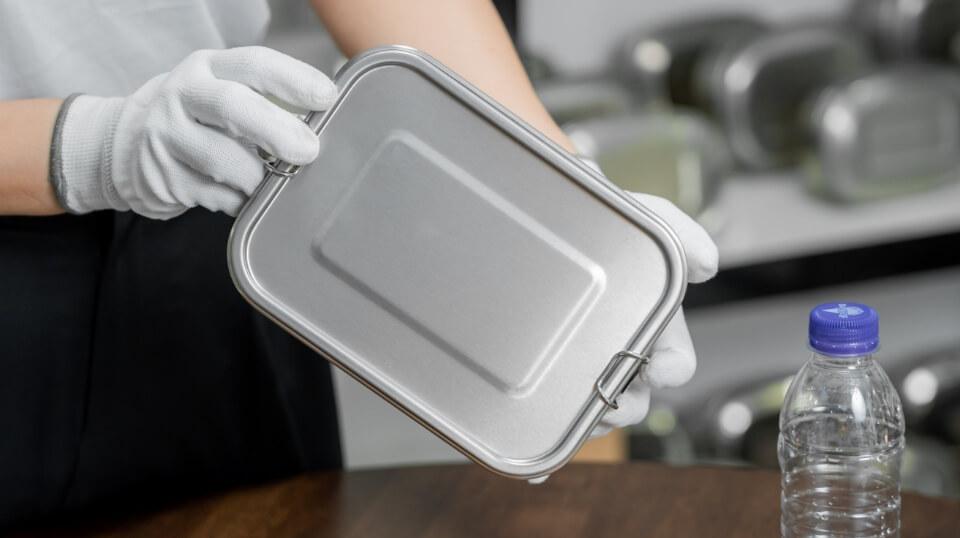
Through a number of techniques, including stress testing, corrosion resistance testing, and examination for flaws, the finished product is evaluated for quality and durability during the manufacturing process of stainless steel cookware. At Nicety, we follow strict quality control measures, including:
- Quality Control Standards: To avoid mold damage or unnatural quality control standards from compromising product quality, Nicety has workers in each step of the production process who do inspection and quality control.
- Quality Inspection Process: The quality inspection process of stainless steel cookware manufacturing process includes:
- Button pull test
- Visual inspection
- Dimensional inspection
- Surface inspection
- Functionality testing
- Box body seal test
- How To Deal With Defective Products: To avoid defective products reaching the market, faulty products are often discarded and repurposed directly as waste products. Our defective product rate is less than 2% which will be sent for recycling. The recovery rate of stainless steel is 100%, and it doesn’t produce trash or pollute the environment.
Assembly & Packaging
The final step of the cookware manufacturing process includes assembling the finished goods and preparing them for packaging. To preserve the product during transit, businesses can choose to use a kraft box, white box, or other packaging materials. Moreover, the packaging could have elements for branding or product information.
You must choose a wholesaler that is skilled in producing goods with environmentally-friendly packaging. Nicety place the products in the copy paper or bag and then put into the inner box, which protects the product and does not pollute the environment.
Joining Hands With High-Quality Stainless Steel Utensils Brand: Nicety

Nicety is committed to making environmentally friendly stainless steel products and revolutionizing food storage with cutting-edge technology. Nicety assists with packaging and brand development and the production of lunchboxes using climate-neutral practices. We have been in this industry since 2005.
- Uses High Quality 304 Stainless Steel Material to Manufacture
Nicety is among the top 10% in the industry that uses 304 stainless steel materials to manufacture stainless steel tableware, unlike 60% of manufacturers that utilize 201 or 410 stainless steel to save money. 304 stainless steel has a high level of rust and corrosion resistance. 304 stainless steel is strong and long-lasting when used to make kitchenware.
- Stainless Steel Utensils Factory Certificate
Nicety has various certificates that prove we are the best and most reliable in the industry. The certificates we have include ISO, LFGB, EU, REACH, BST, BSCI, and FDA.
- Stainless Steel Products Range From Camping Pot Set To Tableware
Our product range is unlimited. We manufacture stainless steel containers, tableware, camping cookware, etc. Our products are high-quality and go through several quality inspections before reaching you. You can be sure that your customers will receive the best products when you order from us.
- Flexible MOQ Allows You To Order Without Worry
We have a flexible MOQ of 24, which allows you to order without worrying about quantity. It will enable you to manage your inventory and buy precisely what you require, free from the additional burden of having to fulfill a high MOQ.
Conclusion
In summary, a number of stages are involved in the manufacturing process of stainless steel utensils. Making high-quality, long-lasting goods that satisfy consumers requires careful consideration of each phase. If you have a business that sells utensils, you must go for a company that follows the best manufacturing process. It will help you to provide the best products to your customers.
Go no further than Nicety if you’re seeking a trustworthy manufacturer of stainless steel utensils. A variety of stainless steel goods, including lunch boxes, pet utensils, containers, and more, are created by our skilled team using cutting-edge technology and sustainable materials. Get in touch with us right away to find out more about our goods and how we can assist with your company’s needs.

